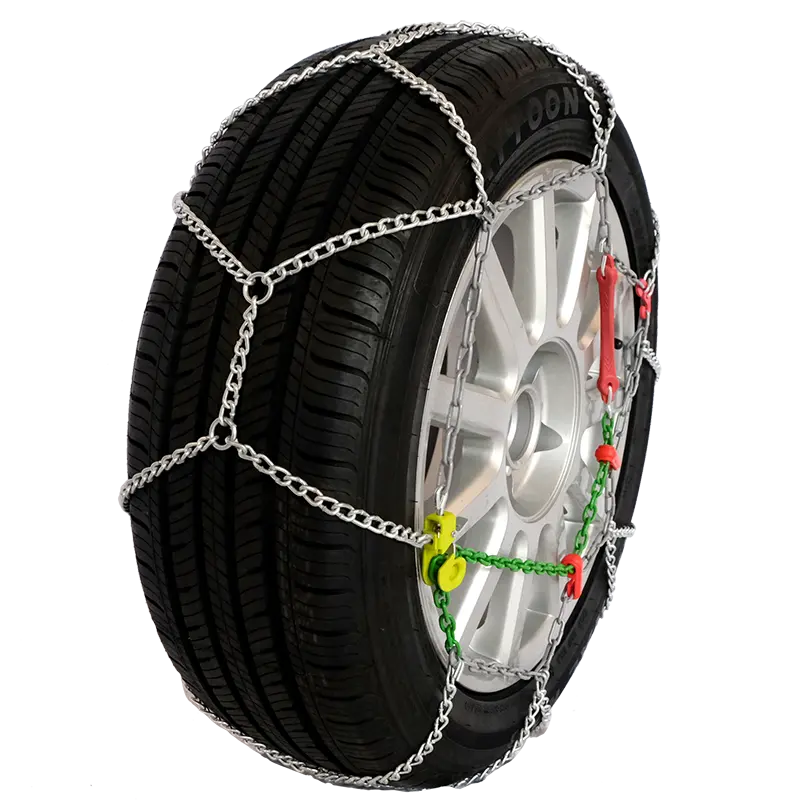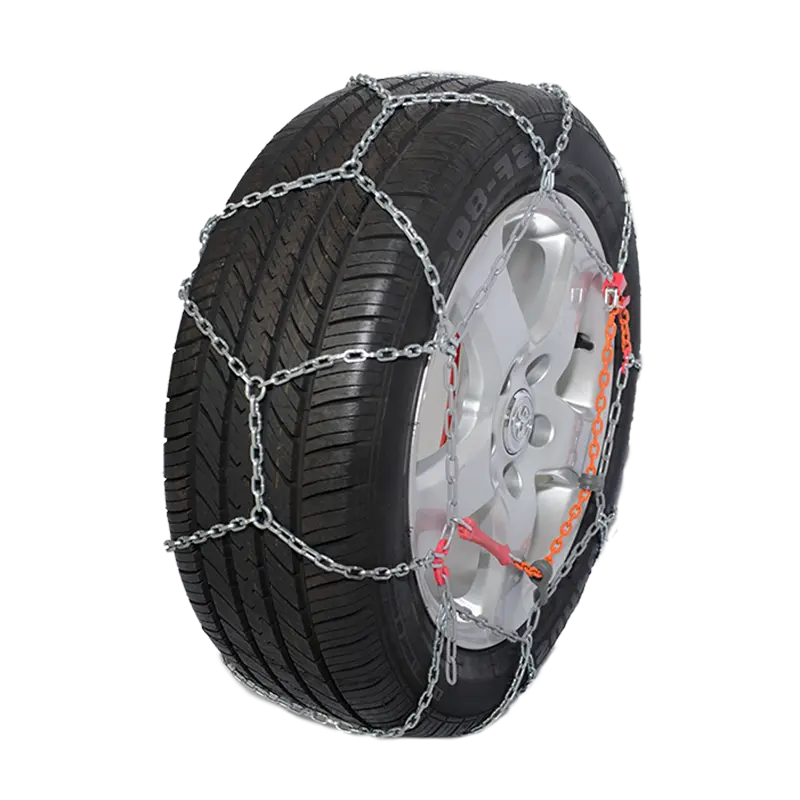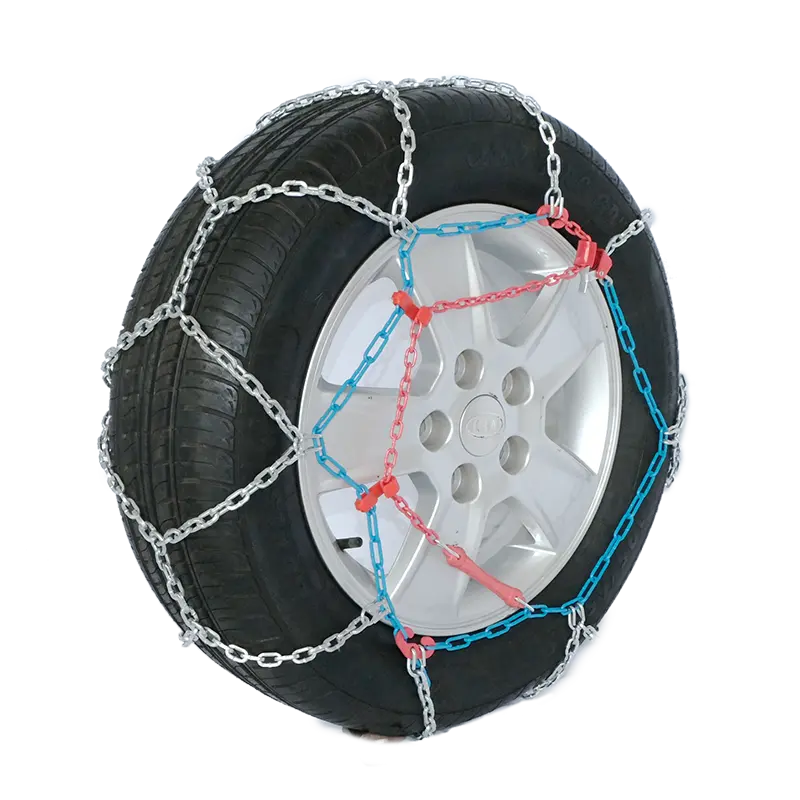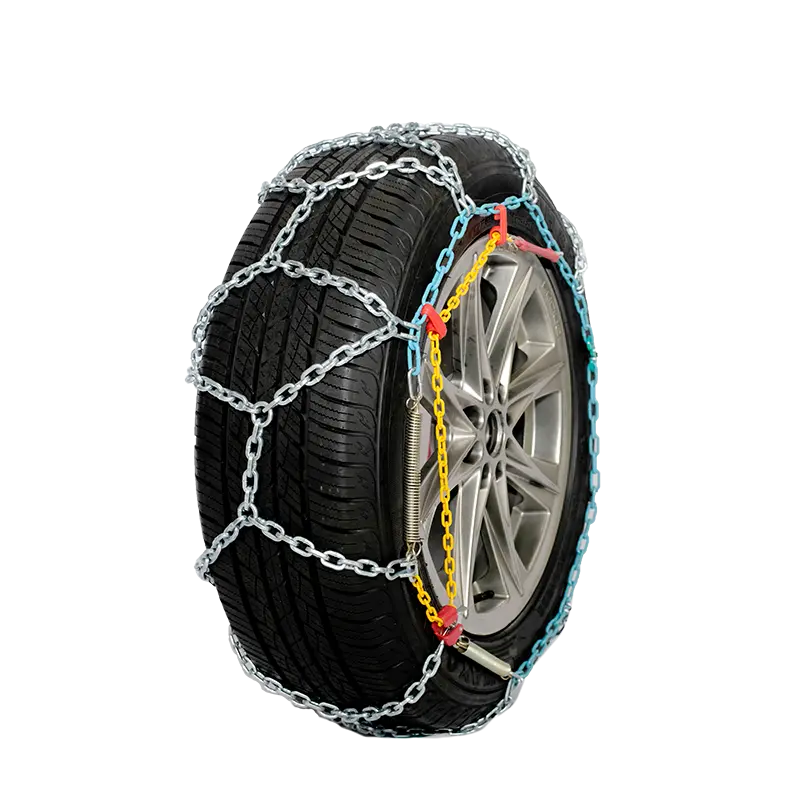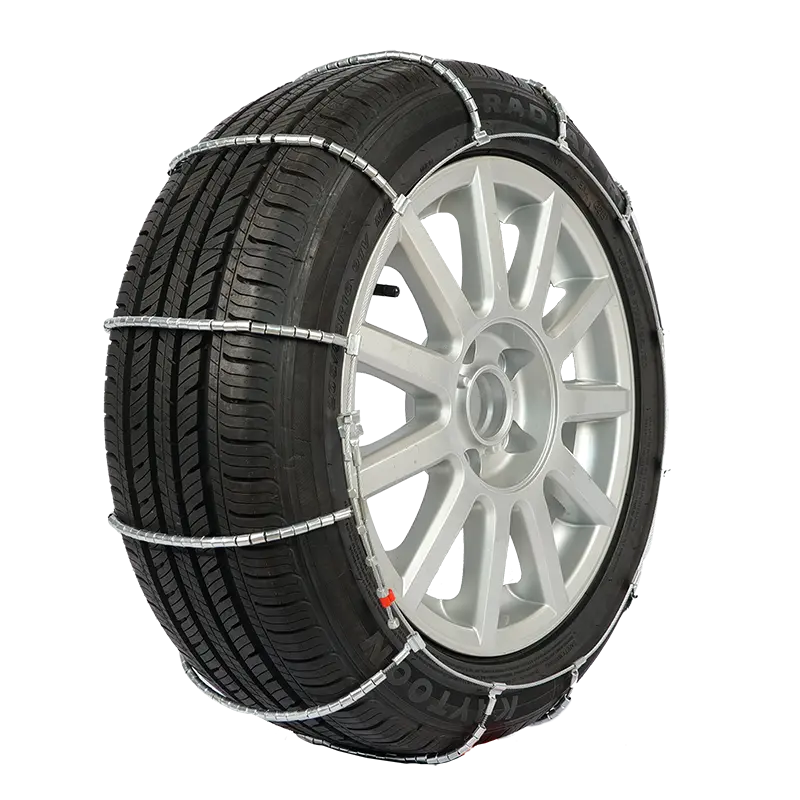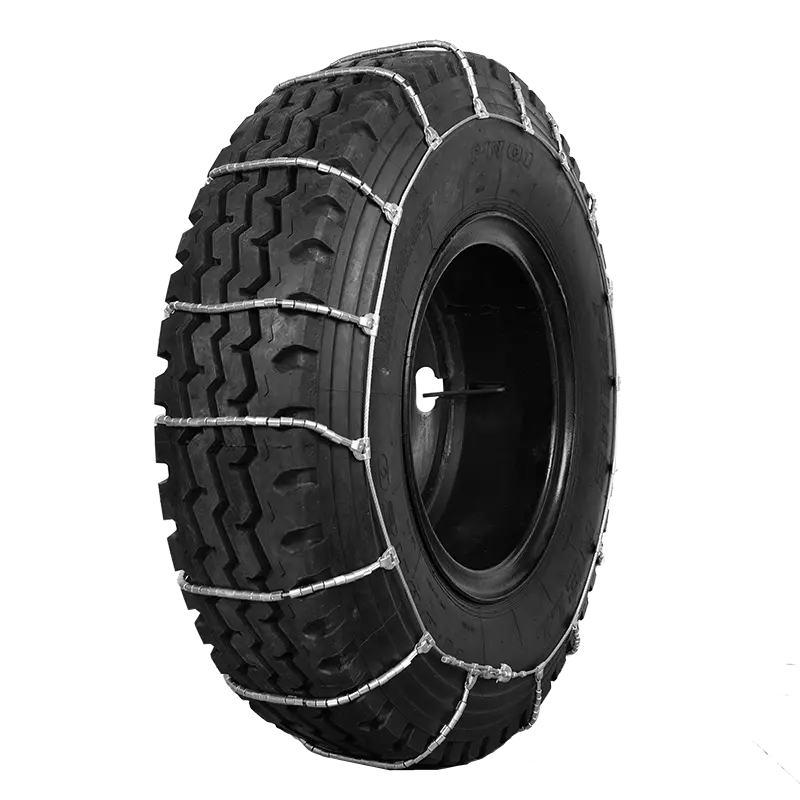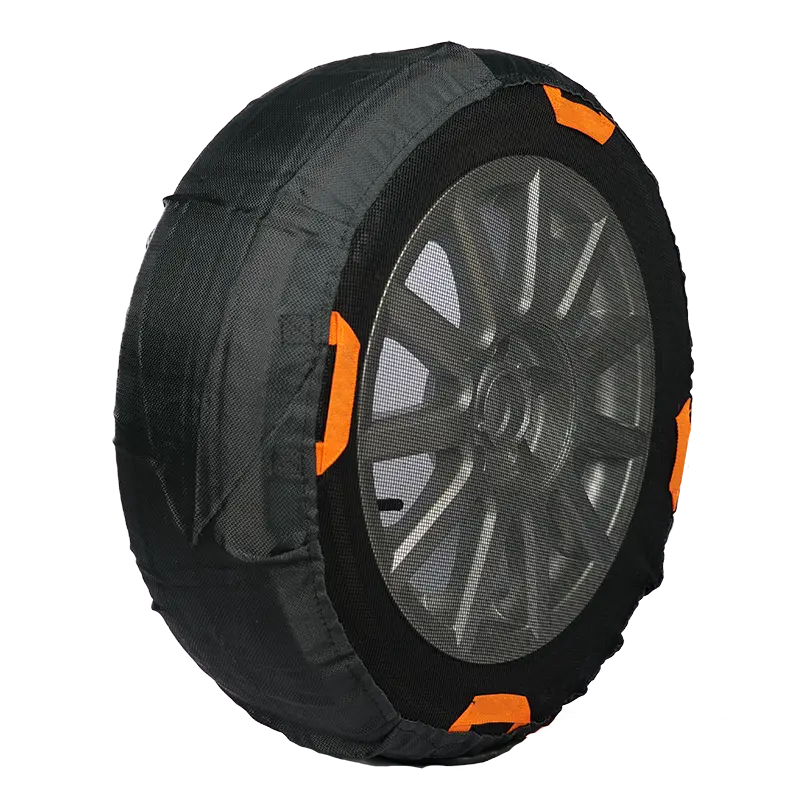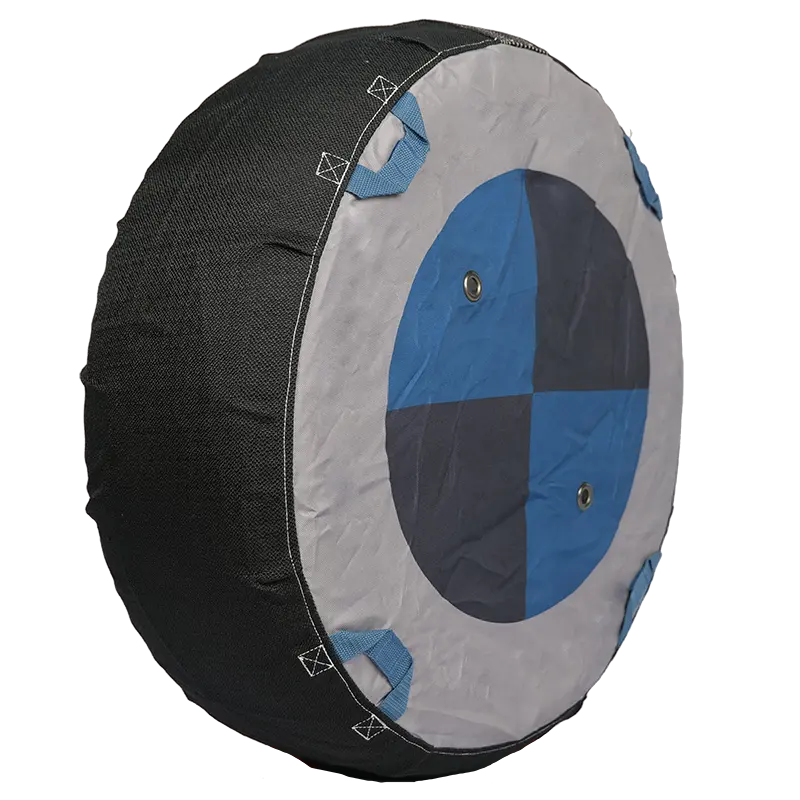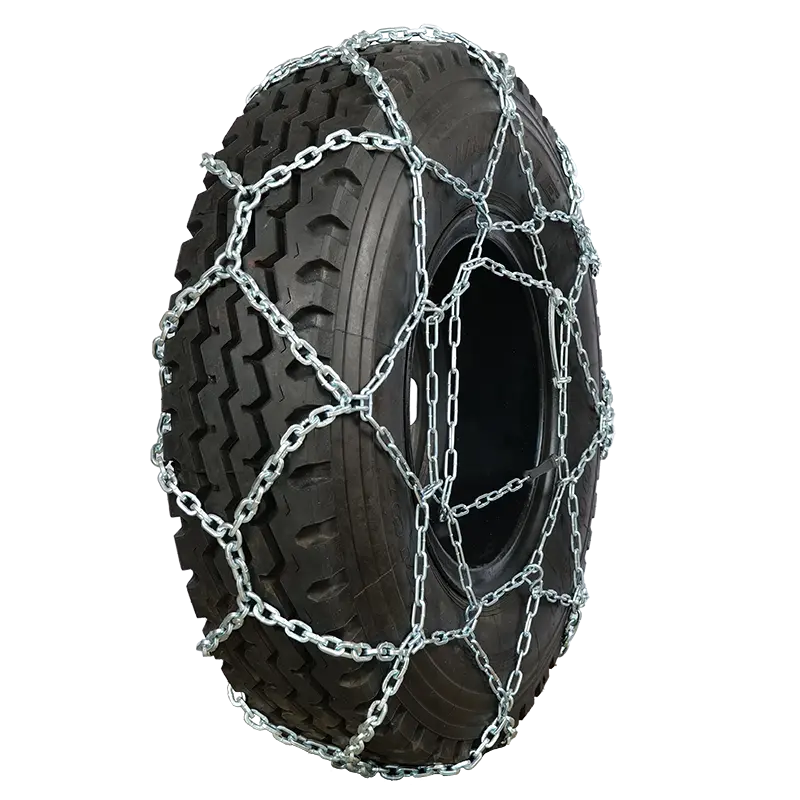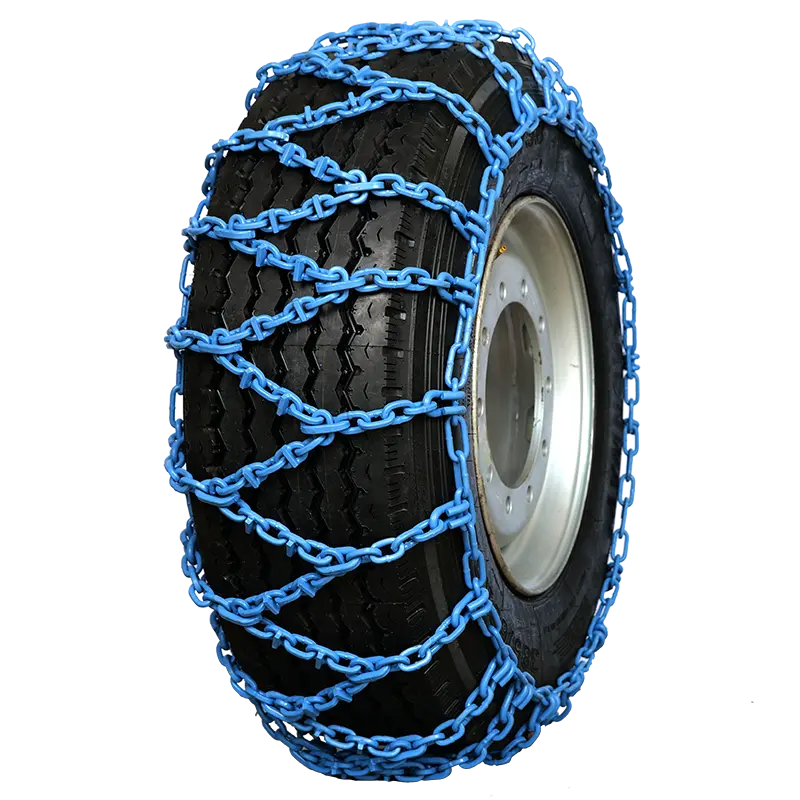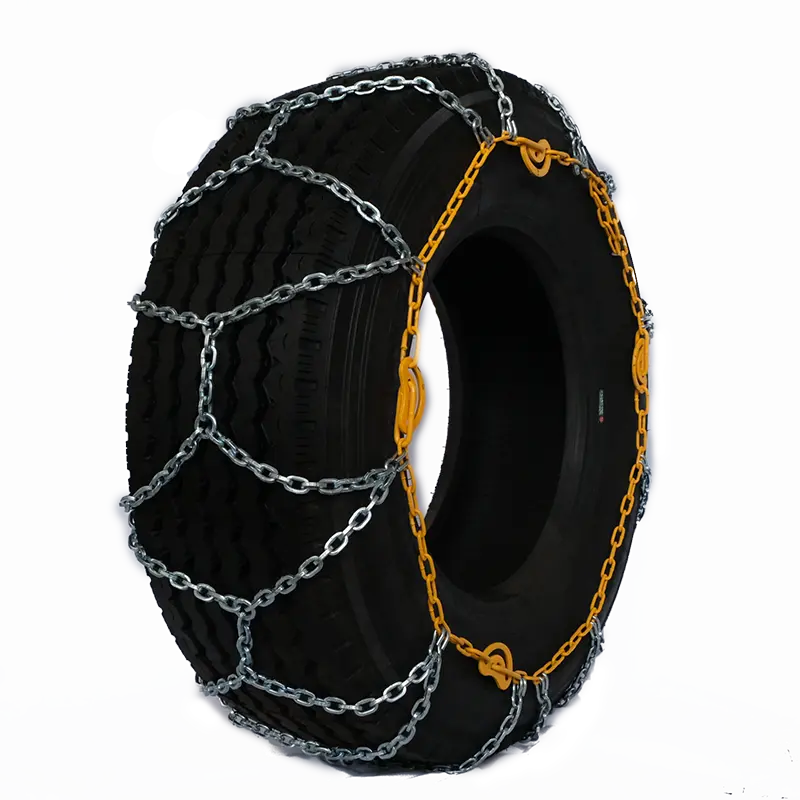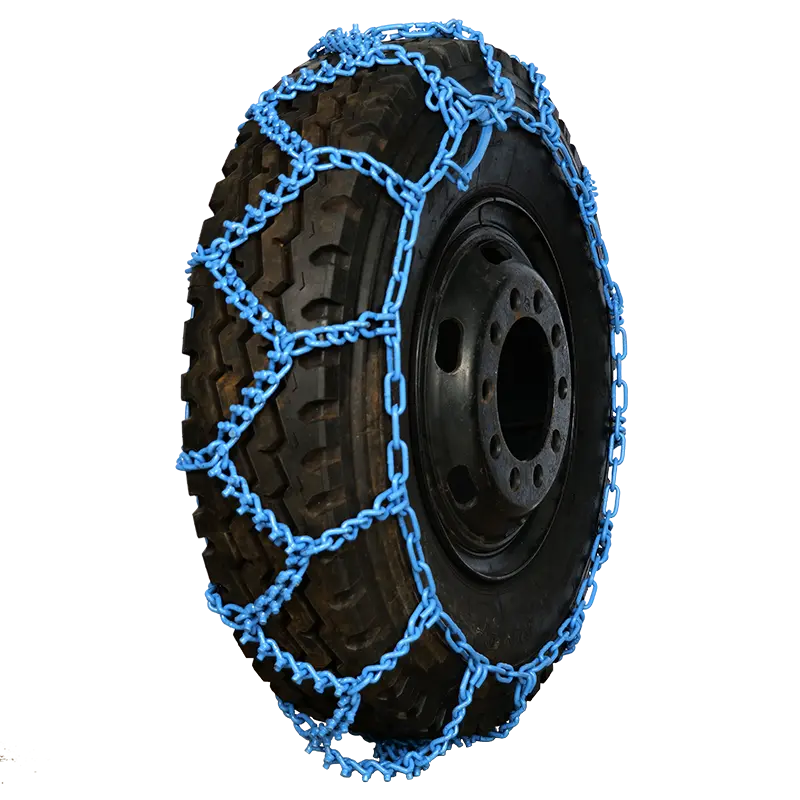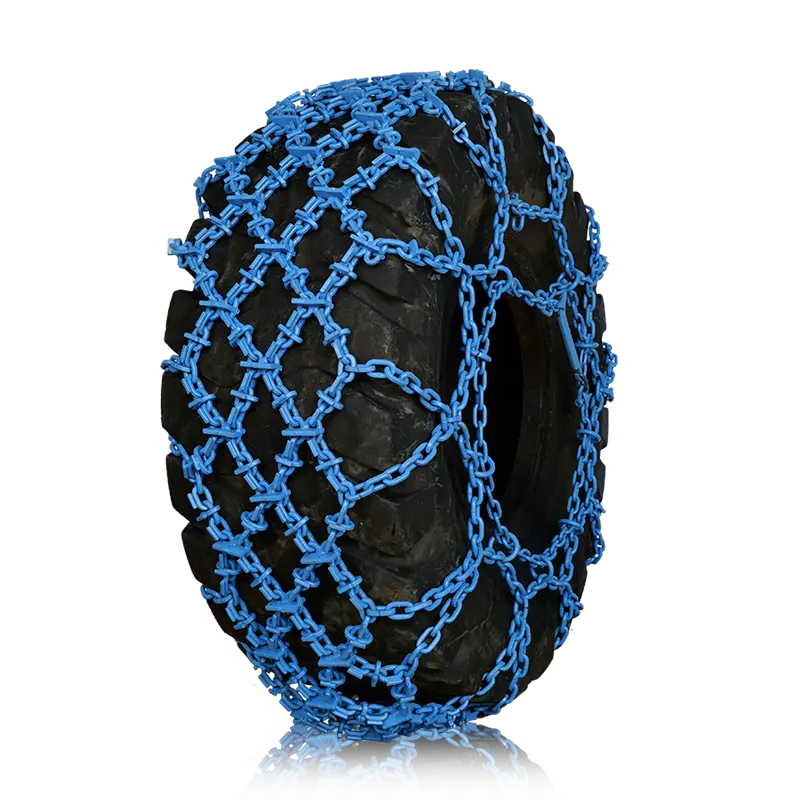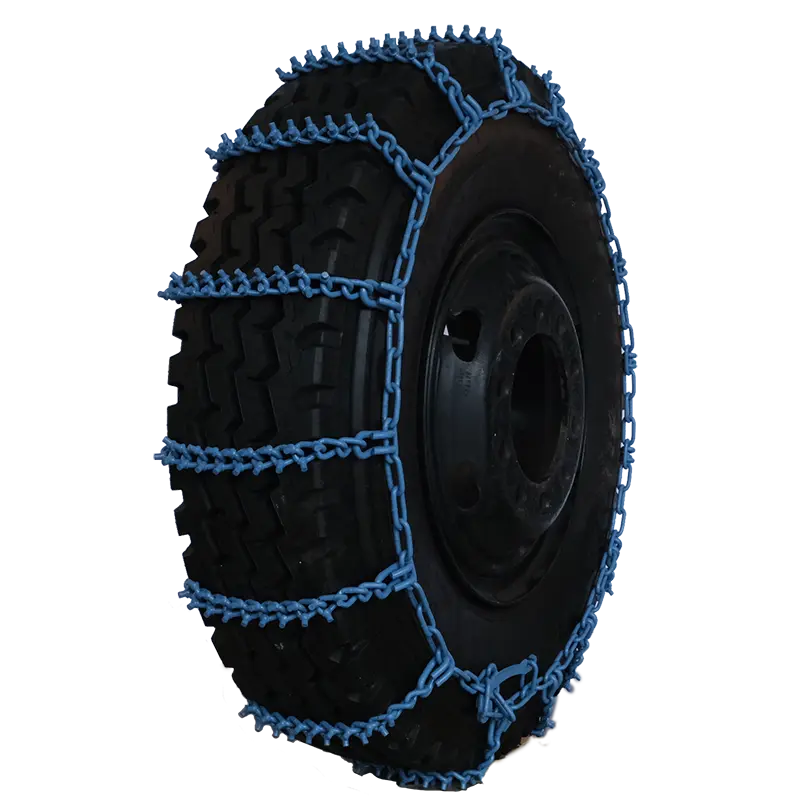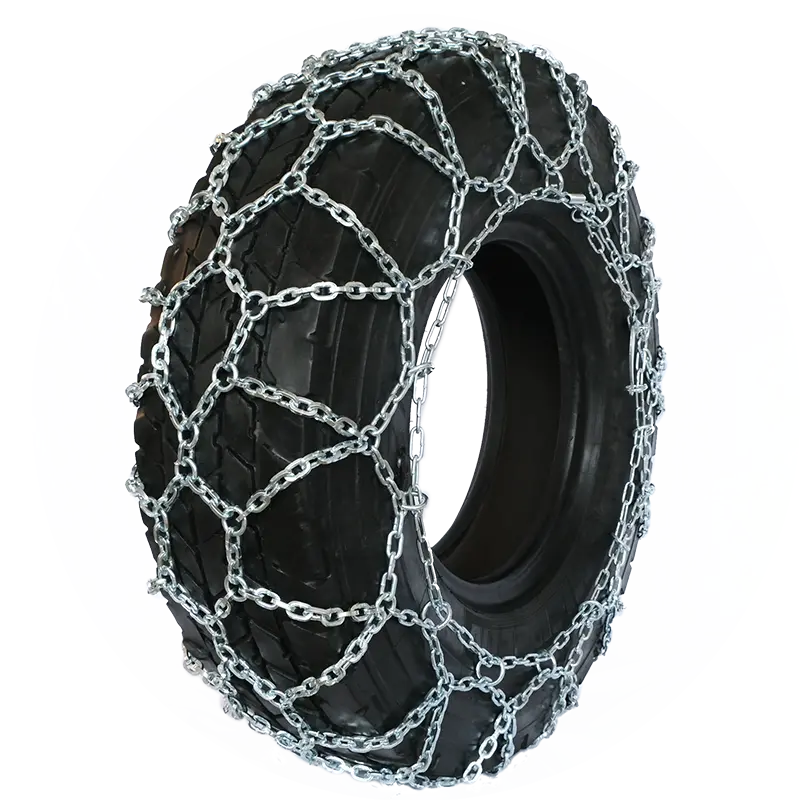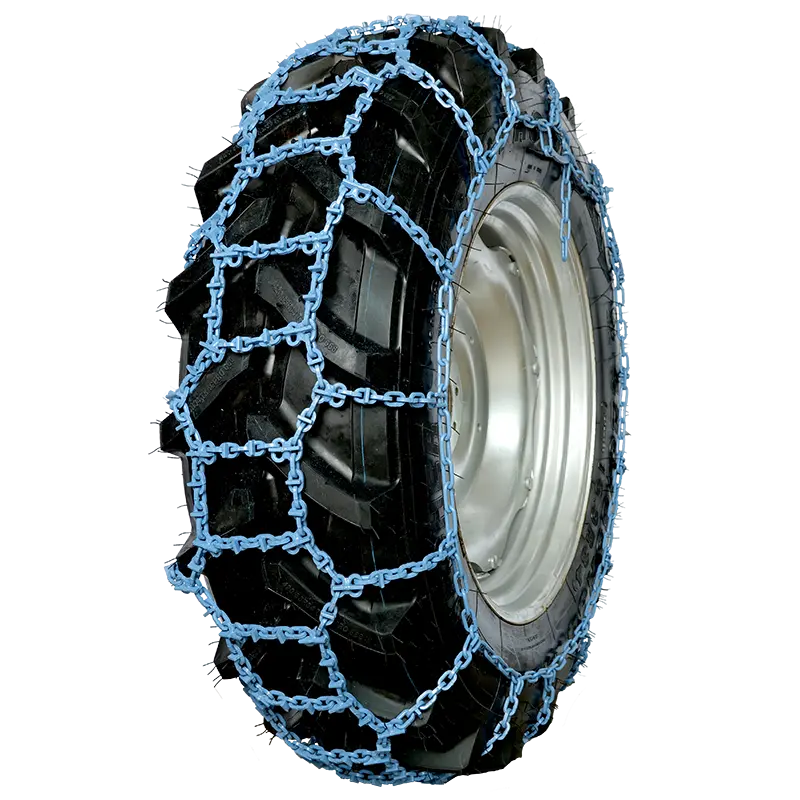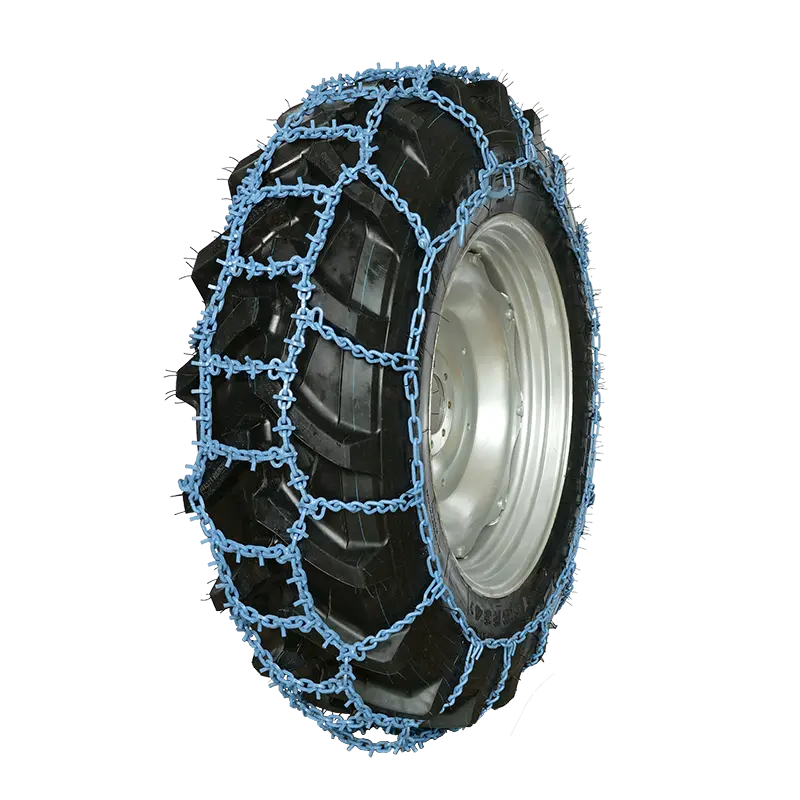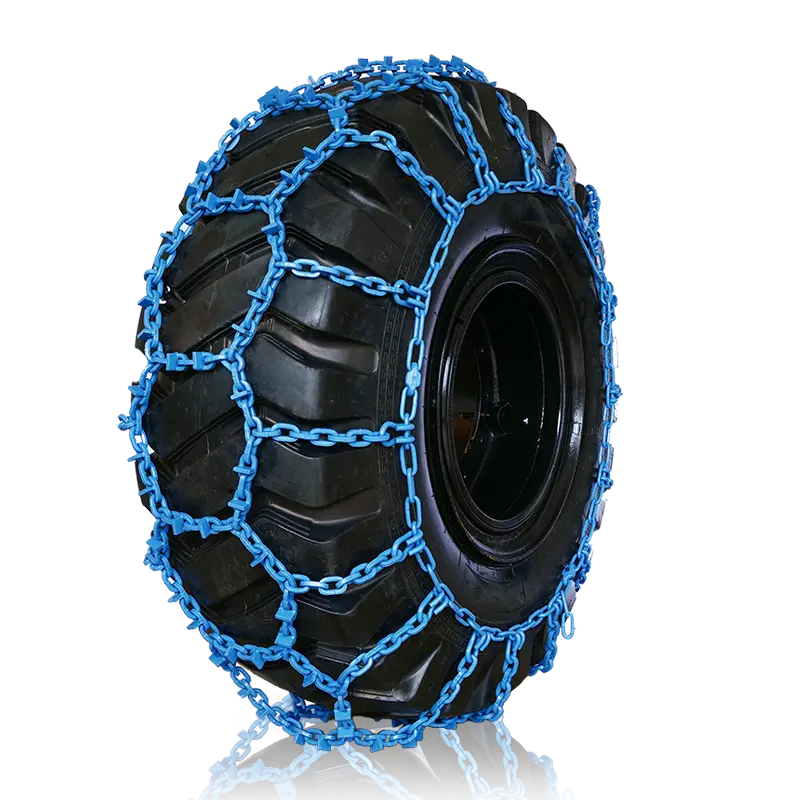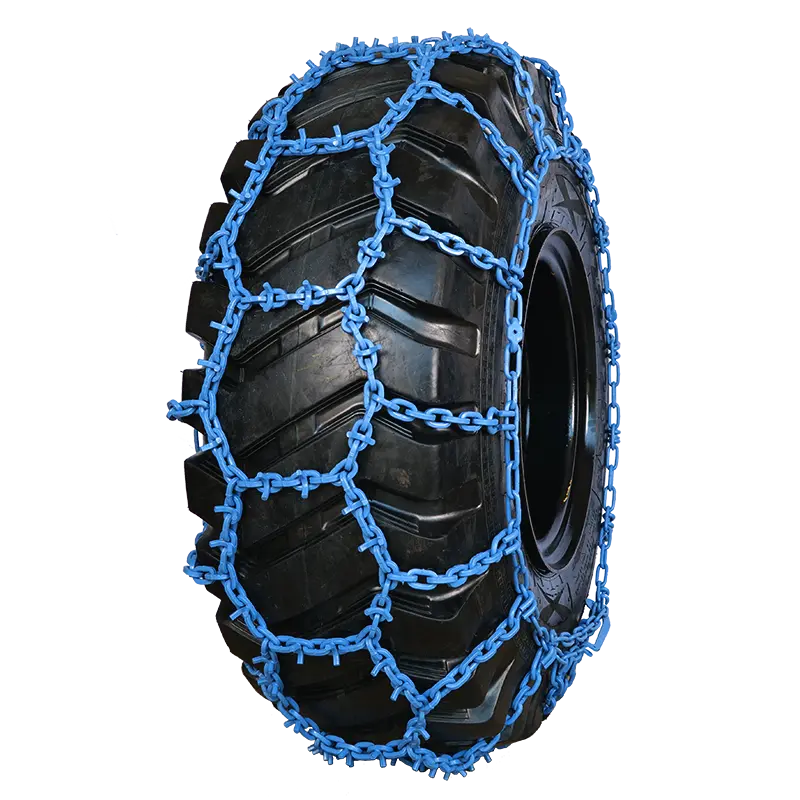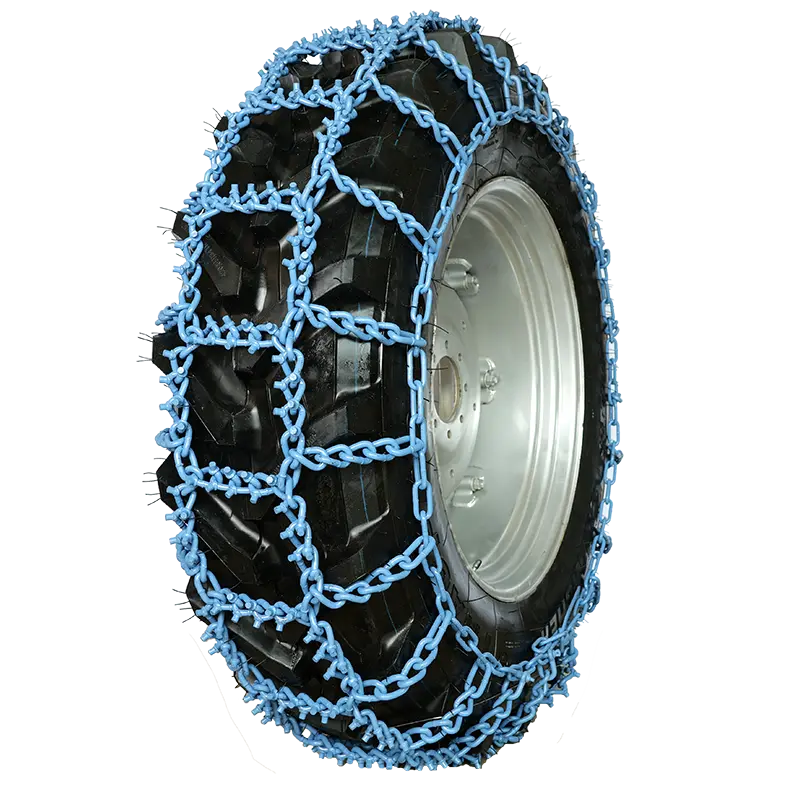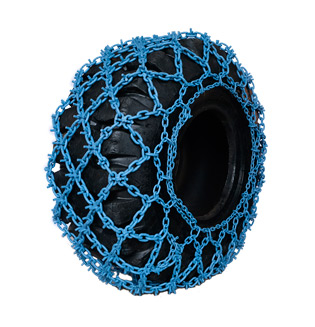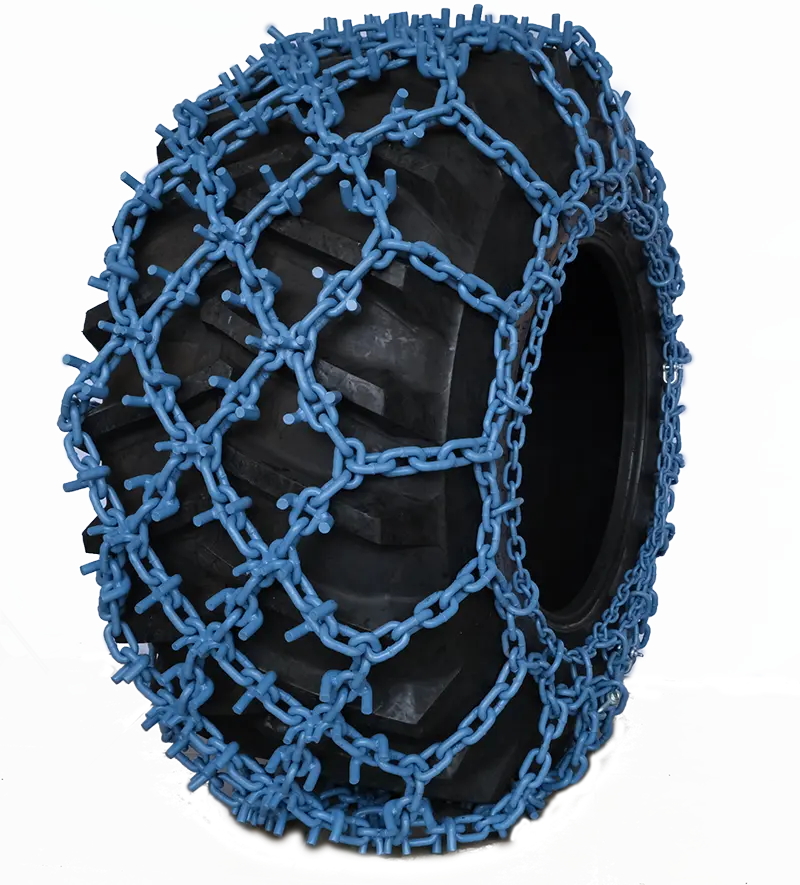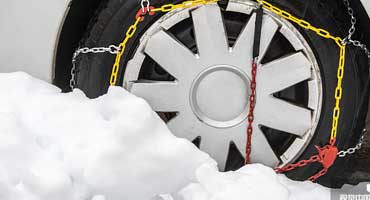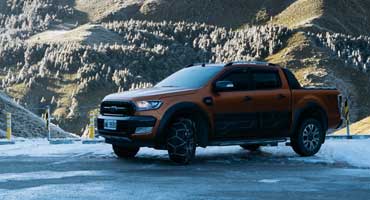Preparation before driving in icy and snowy weather: bring tyre chains
When driving in icy and snowy areas, it is necessary to bring tyre chains, triangular warning signs, ropes, shovels, and other tyre items, as well as necessary cold-proof supplies, and pay attention to engine anti-freeze.
If conditions permit, snow tires or tyre chains can be installed. The tyre chains made by the truck chains factory should be symmetrically installed on the driving wheels, and the tightness should be moderate. After passing through the icy and snowy road sections, they should be removed immediately to avoid damaging the road surface and tires.
Driving methods in icy and snowy weather
When starting the vehicle, a gear higher than usual can be used, and the clutch half-linkage and lightly stepping on the accelerator pedal can be used to achieve a smooth start. When starting is difficult, auxiliary materials such as hay, slag, and sand can be laid under the driving wheels to assist in starting.
When driving in snowy conditions, for roads covered by snow, sometimes the road markings are covered by snow, and the road contours are difficult to distinguish. Drivers should judge the driving route based on reference points such as trees, utility poles, and other objects on both sides of the road, and control the vehicle speed through the traction effect of the engine, driving at a low speed.
When driving on roads with tire tracks such as bogie tracks, follow the tracks and do not turn the steering wheel sharply to avoid the vehicle sliding out of the road. When overtaking or meeting another vehicle in the snow, choose a relatively safe section to drive slowly on the right side, appropriately increasing the lateral distance between the two vehicles and maintaining a certain distance from the road edge. When necessary, stop and let the other vehicle pass in a wider section of the road.
When following another vehicle on a snowy road, maintain a relatively large following distance, generally 1.5 to 3 times the normal road conditions. When the vehicle in front slows down and the following vehicle needs to decelerate, the intermittent gentle braking method can be used, avoiding harsh and sudden application of the brakes.
When the vehicle skids, immediately slowly turn the steering wheel in the direction of the rear wheel that is skidding, and the steering wheel can be turned continuously several times to adjust the vehicle's direction. When driving on dangerous sections such as bends, slopes, and valleys, the accelerator pedal should be gradually lifted in advance, the speed should be reduced smoothly, and the turning radius should be appropriately increased. The steering wheel should not be turned sharply to avoid wheel skidding.
When parking, slow down in advance or switch to a low gear and gently brake. When there is an emergency situation ahead, the vehicle speed should be reduced in advance. If necessary, the low gear can be engaged to control the speed, avoiding emergency braking as much as possible.

